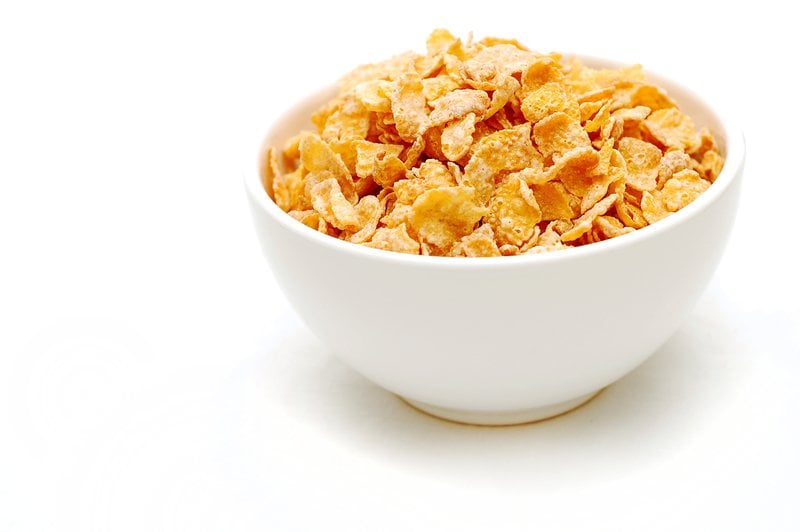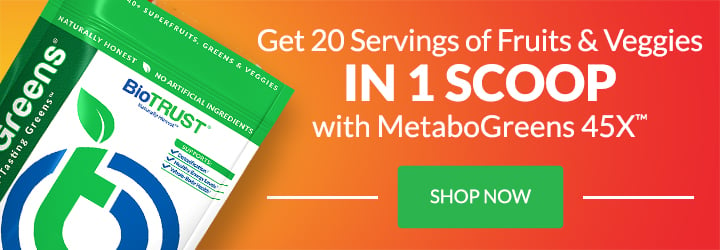All Cereal is Trash…Prove Me Wrong

Going to church one time doesn’t make me a good girl any more than what happened that one time at band camp makes me a bad girl. I’m not one for dogma or hard and fast “rules” with no room for discussion. So, I generally avoid grouping entire foods or food groups into categories of good or bad… Okay, I may have one food I can label as bad (but for good reason!)…
…CEREAL!!!
Essentially, the purpose of eating is to survive, and the point of consuming food is for our daily physical and physiological activities. Thus, we need food for strength and energy. Eating is a means to the end (the chosen goal or propose) of survival.
Sugary foods and processed foods put too much fuel (i.e., sugar) into your blood too quickly. The ensuing crash leaves you tired and hungry. Complex carbohydrates, healthy fats, and protein, on the other hand, take longer to digest, satisfy your hunger, and provide a slow, steady stream of energy.
Oatmeal, for example, is a complex carbohydrate. That means it’s full of fiber and nutrients, is slower to digest, and supplies energy evenly instead of all at once. Add in some cinnamon, which helps lower blood pressure and cholesterol while boosting insulin function and metabolism. Plus, cinnamon appears to have antimicrobial and antiparasitic properties, which makes it one of the healthiest spices of all time.
Then toss in some healthy omega-3’s like walnuts, which admittedly are high in calories yet don’t typically cause folks to gain weight or have other signs of bad health (and instead provide some impressive health benefits). That could be because walnuts provide fiber, which slows how your body takes them in, and healthy fats, which satisfy hunger for longer.
But wait a minute, Coach! Isn’t oatmeal cereal?
Good question. And the answer? That depends. Whole oats are gluten-free, whole grain, and a great source of important vitamins, minerals, fiber, and antioxidants, which makes them one of the healthiest grains on earth. Studies show that oats and old-fashioned or steel-cut oatmeal have many health benefits, including, but not limited to, weight loss, lower blood sugar levels, and a reduced risk of heart disease. So, while this may be a healthy option for breakfast, it is no longer true when you buy pre-packaged (refined) “oat granola” or “flavored oatmeal.”
Cereal= A Matter of Marketing
The marketing teams employed by cereal companies are genius. Okay, maybe genius is too hefty of a word—but they are some of the smartest creatures on the planet. They use buzzwords like (all) natural, heart healthy, made with (real) fruit, organic, whole grain, whole wheat, to name a few, to fool you into thinking that product is the healthier choice.
In actuality, there’s not much that’s healthy about these cereals. And they use wacky characters and gimmicky catch phrases that get stuck in your head. Kids eat this up—no pun intended. Truth be told, just because it is labeled as a food product doesn’t mean it’s real food.
But I Thought Cereal Was Part of a Nutritious Breakfast?
Lemme explain. Studies show that among adolescents, cognitive function is impaired when sugary breakfast cereals are consumed prior to school, as opposed to omitting breakfast or selecting a lower glycemic option instead.
So why do so many parents reach for the colorful cartoon-adorned boxes as a viable breakfast option? Out of convenience of course. That and because this is a battle with their kids they decided not to fight. I would assume many parents believe that since kids are adding milk into their morning routine, at least they’re getting some vitamins and calcium with breakfast, so it can’t be all that bad.
Well, think again.
Genetically Modified Mornings
Although there’s some debate, research shows that GMOs (that is, genetically modified organisms) in our food supply may be associated with increased allergies, digestive problems, liver problems, issues with fertility (even sterility), and much more.
Unfortunately, in addition to the sugar bomb combined with all sorts of refined ingredients, breakfast cereals are loaded with GMOs. It’s actually a really ugly truth that nearly all processed foods contain GMOs.
Breaking It Down with Extrusion
Have you ever heard of extrusion? Sounds like a painful procedure you don’t want to happen even to your worst enemy (or your breakfast). Well, that’s not too far from the truth. You see, extrusion, which involves processing grains into a soupy mixture and shooting them out of a small hole at high temperatures and pressure, is what gives cereal those cute little shapes we’ve been trained to adore. But not without a price—it also strips it of its vitamins and essential nutrients. Extrusion also affects the structure of proteins in the grain.
So basically, when you eat cereal, many of the benefits from healthy grains have been stripped away. Worse, the refined product you’re left with could even be harming your body.
Worst Cereals?
I don’t want to single out any particular cereal; however, my grandfather, who went to church every morning before heading to his job at the Washington Post newspaper, religiously ate the same bowl of cereal every morning until his last days. It was labeled as a healthy “bran” cereal and contained raisins. Again, not naming any names, but this particular cereal contains high fructose corn syrup and 20 grams of sugar per serving. Who knew?
I perused the cereal aisle at my local grocery store and can’t say I was shocked to find that sugar is, more often than not, one of the first three ingredients. Even my children’s first cereal—a small circular oat cereal—has sugar listed as number 2. For those of you who are unfamiliar how the ingredients are listed on the nutrition facts panel, it goes in order of highest to lowest.
To ensure you’re purchasing a healthier product, check the nutrition facts as well as the ingredients. Both are needed to provide the full picture for your health. It may also be a good idea to check out the serving size. Generally speaking, a serving size of cereal is one cup. When you are talking about a more dense cereal (think granola), serving sizes are more like half a cup. How many people do you know that pour half to one cup of cereal into a bowl?
Bottom line? Use what you’ve learned here along with your own good judgement when deciding if you should eat one of these cereals. I personally think cereal is trash, so I choose oatmeal over boxed cereal every time.




 7 Signs Your Body is Seriously Low on Collagen (not just wrinkles)
7 Signs Your Body is Seriously Low on Collagen (not just wrinkles) Health Expert: "Turmeric Doesn't Work (unless...)"
Health Expert: "Turmeric Doesn't Work (unless...)" 3 Warning Signs Your Probiotic Supplement is a Total Waste
3 Warning Signs Your Probiotic Supplement is a Total Waste

